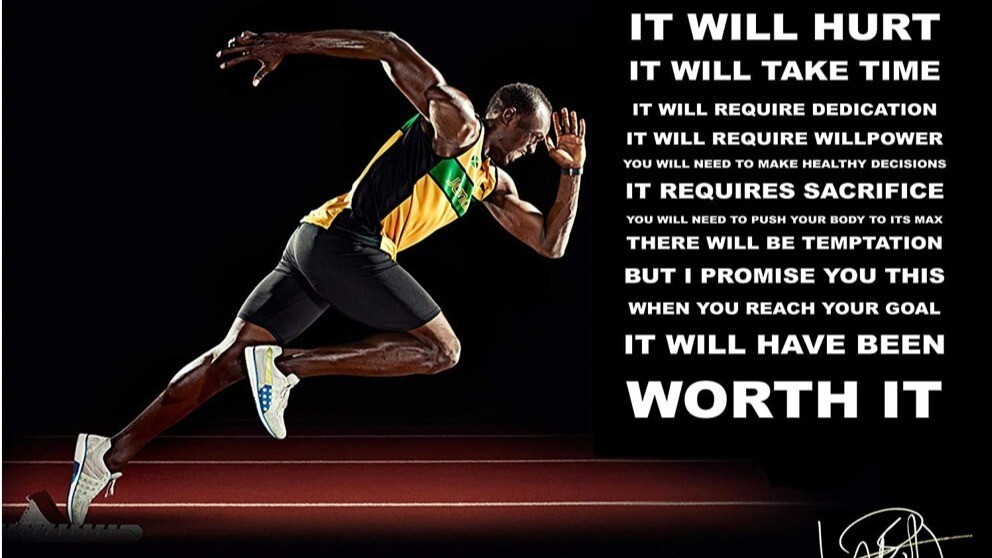Tom Matthews
In a world that often glamorises success, we sometimes forget the struggles, sacrifices, and, yes, the pain that lies behind every achievement. The journey to excellence is not a smooth, straightforward path; it is a winding road filled with challenges, setbacks, and moments of doubt. The key to achieving excellence is not merely talent, intelligence, or luck. It is the ability to endure pain and persevere through adversity.
It was Isadore Sharp, the founder of Four Seasons, who said: “Excellence is the capacity to take pain”. This line has been called the best maxim in the history of entrepreneurship. So, in this article we’ll try to break it down and understand why.
The misconception about excellence
We often view excellence as the result of extraordinary talent or the product of sheer brilliance. We see an athlete breaking a world record, a CEO leading a company to new heights, or an artist creating a masterpiece, and we think they must possess something exceptional that the average person does not. While talent and skill are certainly factors, they are not the full story. Excellence is forged in the fire of perseverance and the willingness to embrace discomfort and pain.
Pain as a teacher
Pain is a great teacher. It reveals our weaknesses, exposes our fears, and forces us to confront our limitations. When we push ourselves beyond our comfort zones, we experience pain—whether it is physical, emotional, or mental. This pain is not a signal to stop; rather, it is a sign that we are growing.
It is in these moments of discomfort that we discover our true potential. The ability to take pain is not about becoming numb to it but about learning from it. It’s about understanding that every setback, every failure, and every moment of doubt is an opportunity for growth.
Building resilience
The capacity to endure pain builds resilience—a critical component of excellence. Resilience is the ability to bounce back from setbacks, to keep moving forward even when the odds are stacked against you. It is developed by facing challenges head-on and refusing to give up when things get tough. The most successful individuals in any field are not those who never experience pain but those who learn to navigate it, adapt, and come out stronger on the other side.
The role of mindset
A growth mindset is essential in the pursuit of excellence. This mindset understands that pain and failure are not indications of inherent inadequacy but are part of the learning process. It is the recognition that mastery is achieved through consistent effort, reflection, and the willingness to face difficulties. When we accept pain as a necessary component of growth, we stop fearing it. Instead, we embrace it as part of our journey toward excellence.
Real-world examples
Consider the story of Thomas Edison, who failed thousands of times before inventing the light bulb. His response to failure was, “I have not failed. I’ve just found 10,000 ways that won’t work.” Edison’s journey was marked by frustration, doubt, and significant pain. Yet, he persisted. His ability to endure pain and remain committed to his vision is what set him apart.
Similarly, in the world of sports, Michael Jordan is often quoted as saying, “I’ve missed more than 9,000 shots in my career. I’ve lost almost 300 games. Twenty-six times, I’ve been trusted to take the game-winning shot and missed. I’ve failed over and over and over again in my life. And that is why I succeed.”
These stories are not about avoiding pain but confronting it, learning from it, and using it as a stepping stone to greatness.
Strategies to build your capacity for pain
- Embrace failure as feedback: failure is not the end; it is a valuable source of information. Use it to refine your strategies and approaches
- Develop a support system: surround yourself with people who encourage you to keep going when the going gets tough. Mentors, peers, and friends can provide the perspective and motivation needed during challenging times
- Practice self-compassion: taking pain does not mean being harsh on yourself. It involves understanding that growth takes time and that setbacks are part of the journey
- Maintain a long-term perspective: remember that excellence is a marathon, not a sprint. Short-term discomfort often leads to long-term gains
- Celebrate small wins: acknowledge the progress you make along the way. Each step forward, no matter how small, is a testament to your resilience.
Conclusion
Excellence is not a destination but a journey filled with highs and lows, successes and setbacks. It is the ability to keep moving forward when every fibre of your being tells you to stop. It is the resilience to push through the pain, the courage to embrace discomfort, and the wisdom to learn from every experience.
Excellence is not about avoiding pain; it is about mastering it. It is about turning every challenge into an opportunity for growth and becoming stronger with each step you take. The path to excellence is tough, but the rewards—both internal and external—are worth every ounce of pain endured.
So, the next time you encounter a challenge, remember: pain is not your enemy. It is your guide. Embrace it, learn from it, and let it propel you toward the excellence you seek.



